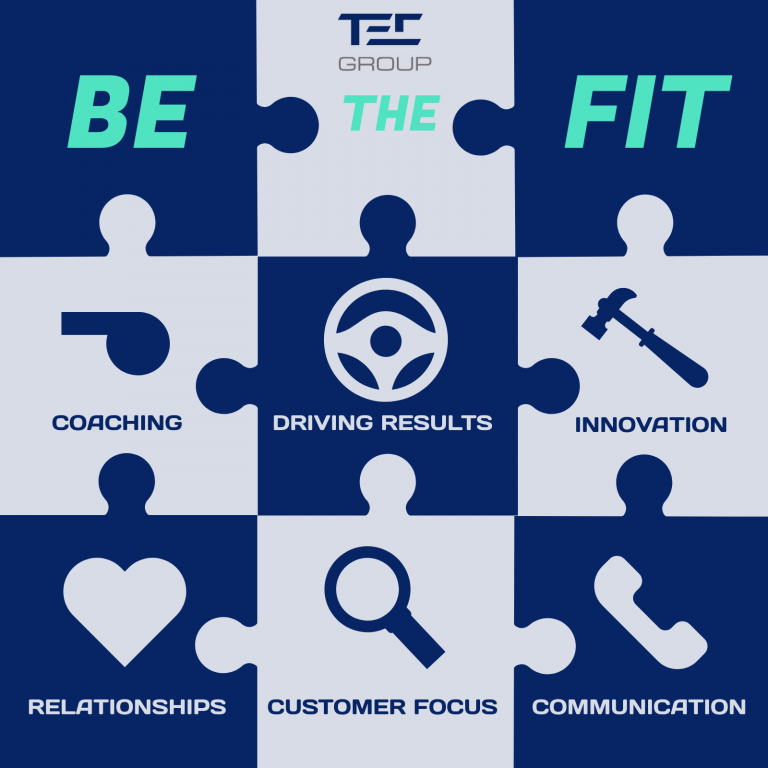6 Big Attributes to Demonstrate in an Interview
- morgtre
- Mar 11, 2020
- 2 min read

The Obvious Answer
Aside from qualifications, like work experience and know-how, employers want their employees to possess certain “soft skills.” Before we tell you what the most commonly desired skills are, let’s state the obvious. Hiring managers tell you exactly what skills they want in the job description. Many candidates only skim the posting before applying and then never return. Rereading the job description carefully before an interview will help you focus your answers around what the interviewer wants to hear.
The Long List of Attributes
Leading Change
Embrace and cherish competitionReach for discontinuityBe passionate about achievingHave an energy to deliverDeliver as a way of life (we deliver what we promise)Keep things simpleAct quickly and decisivelyAct with integrity
Leading People
Coach people beyond what they believe possible and give them freedom to actEnsure freedom of informationHold yourself and others accountableDemand, share & reward successGenerate optimism through customer-focused visionMake tough callsBuild only the best teams and develop leadersTreat people with dignity and fairness
The Big 6 Attributes
The 16 qualities above can be categorized and demonstrated as follows. If you prepare clear examples of how you’ve shown each quality, you will check off almost everything on the list:
Communication — Clearly conveying information and ideas through a variety of media to individuals or groups in a manner that engages the audience and helps them understand and retain the message.Driving for Results — Setting high goals for personal and group accomplishment; using measurement methods to monitor progress toward goals; tenaciously working to meet or exceed goals while deriving satisfaction from that achievement and continuous improvement.Innovation — Generating innovative solutions in work situations; trying different and novel ways to deal with work problems and opportunities.Customer Focus — Ensuring that the customer perspective is a driving force behind business decisions and activities; crafting and implementing service practices that meet customers’ and own organization’s needs.Coaching — Providing timely guidance and feedback to help others strengthen specific knowledge/skill areas needed to accomplish a task or solve a problem.Building Trusting Relationships — Using appropriate interpersonal styles to establish effective relationships with customers and internal partners; interacting with others in a way that promotes openness and trust and gives them confidence in one’s intentions.
Up next: 5 Interview Hacks




Comments